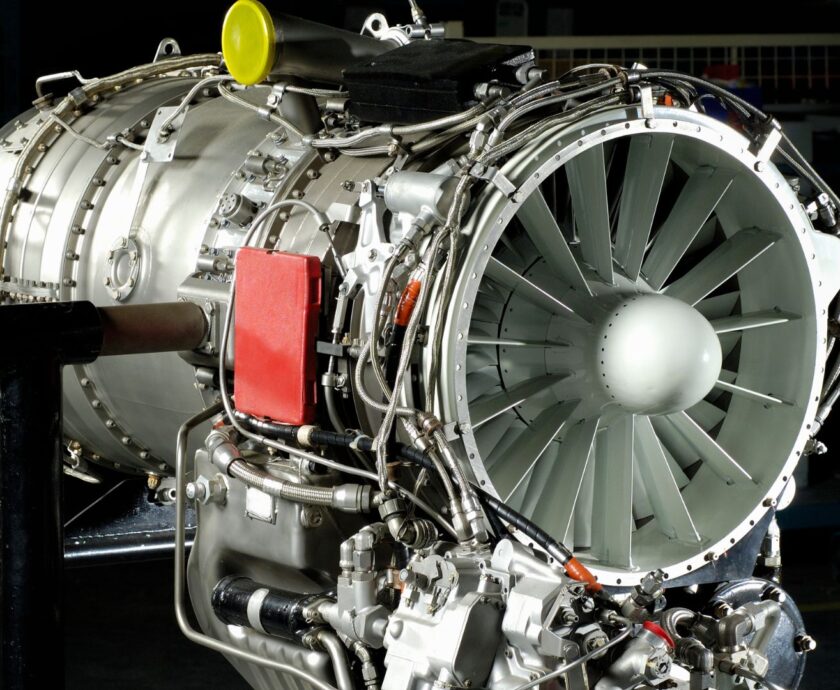In the demanding world of gasification reactors, the accurate measurement of high temperatures is a critical task. The harsh conditions within these reactors pose a unique challenge for the instruments tasked with these measurements.
The ceramic temperature assembly is one solution in this type of environment. In this article, we’ll delve into the preference for the use of ceramic in these challenging settings.
Gasification reactors are not your average industrial environment. They operate under extreme pressures and temperatures, creating conditions that can quickly degrade standard temperature measuring devices. One significant issue is the poisoning of noble metal thermocouples, which are essential for measuring high temperatures. When these thermocouples fail, it can lead to costly operational shutdowns, impacting both the efficiency and safety of the entire process. Recognising and overcoming these challenges is key for manufacturers who are seeking to optimise their equipment for such demanding conditions.
A Robust Solution
Ceramic, a material renowned for its toughness and resilience, has become a key component in the world of high-temperature sensing. But why Ceramic? Here’s the breakdown:
Exceptional Durability
-
- The most notable feature is its incredible strength and durability. Unlike other materials that might weaken or break down under extreme conditions inside gasification reactors, ceramic stands strong. This means temperature assemblies made with ceramic can last much longer, even in the toughest environments.
Withstanding High Temperatures
-
- One of the biggest challenges in gasification reactors is the intense heat. Ceramic thermocouples are specially designed to handle these extreme temperatures without losing accuracy or breaking down. This capability is critical for maintaining safe and efficient operations in these high-heat settings.
Resistance to Contamination
-
- In gasification reactors, there’s always a risk of contaminants interfering with the accuracy of measurements. A specialist ceramic assembly from Thermo Electric Instrumentation, along with a suitable protection tube, is highly resistant to such contamination, ensuring that the thermocouples continue to provide reliable data, essential for the safe and efficient operation of these reactors.
Advantages of Ceramic Temperature Assemblies
Using ceramic thermocouple assemblies has a range of benefits, including:
- Longer Life: Compared to alternatives, ceramic temperature assemblies outperform most other materials
- Reliable Performance: They can function reliably in environments reaching up to 1,700 °C
- Cost Savings: The longer lifespan and reliability of ceramic temperature assemblies mean fewer replacements and less maintenance, leading to significant cost savings over time.
- Consistent Operation: By reducing the frequency of breakdowns and maintenance needs, these thermocouples help maintain a steady operational flow.
- Enhanced Safety: The robust construction of a ceramic temperature assembly, including a double sealing system, provides extra protection against the release of harmful substances.
The design of a ceramic temperature assembly includes several features aimed at maximising both efficiency and safety:
- Primary Sealing: This first layer of protection is important for preventing the escape of dangerous gases, especially under high pressure and temperature conditions.
- Secondary Sealing: In the event of any failure in the primary seal, this second layer kicks in to provide additional safety.
- Ceramic Outer Thermowell: This outer shell is designed to withstand the harsh external conditions of the reactor, providing an additional layer of protection.
- Protection Tube: Positioned inside the thermowell, this tube ensures that the internal components remain uncontaminated and function accurately.
The use of ceramic in temperature assembly construction overcomes significant problems related to the challenging environments of gasification reactors. Ceramic temperature assemblies stand out for their ability to withstand extreme conditions, maintain accuracy, and offer longevity in environments where standard sensors will most certainly fail.
We recently worked on a project for an Integrated Gasification Combined Cycle (IGCC) complex. As part of that project, we refurbished their ceramic temperature assemblies so that the site could continue to run reliably, efficiently, and safely.
Our experience as a trusted partner for robust temperature measuring sensors spans over 50 years and reflects an understanding of the unique demands of these high-pressure, high-temperature environments. The criticality of these sensors and the environment that they monitor underscores the importance of selecting the right partner for the right job.
With the right provider, ceramic temperature assemblies are a smart choice for any operation looking to enhance performance and safety in the challenging world of gasification reactors.




